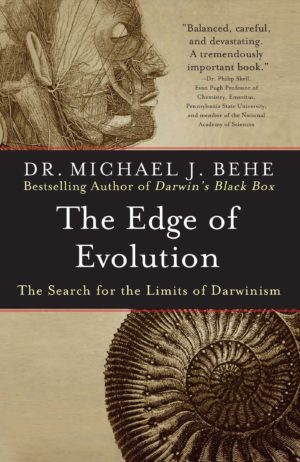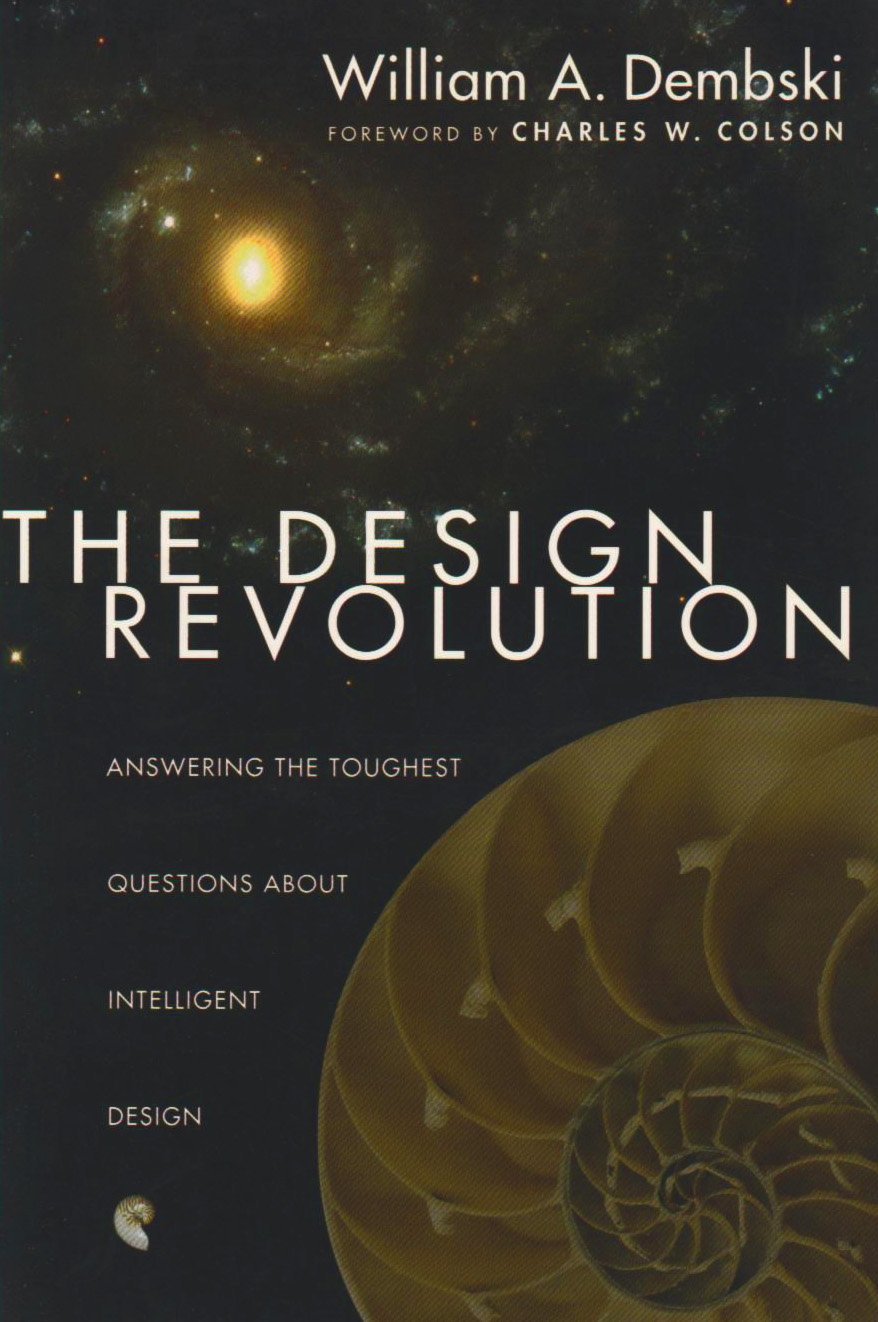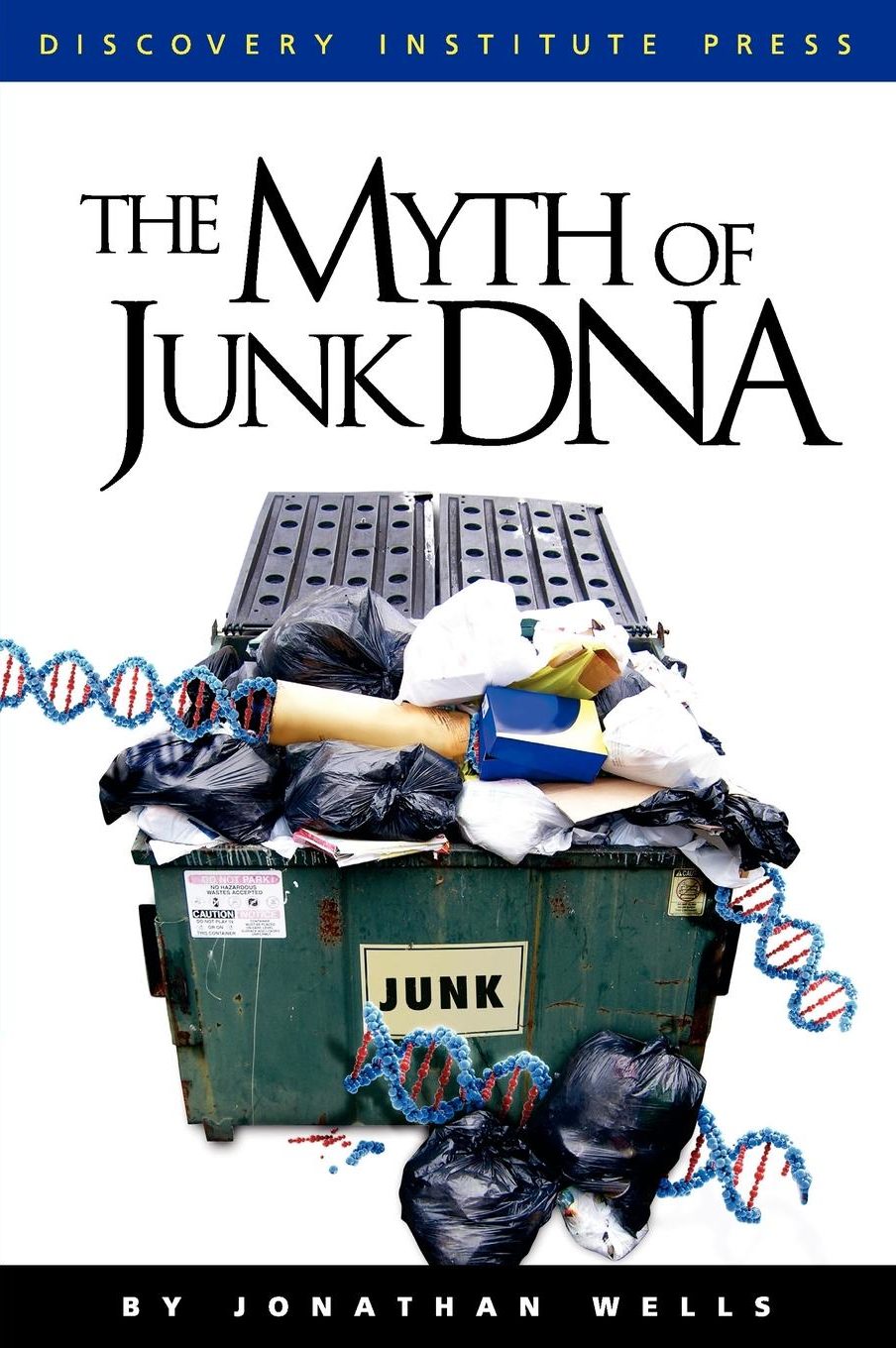Description
Authored by developmental biologist and Senior Discovery Fellow Jonathan Wells, this book takes aim at 10 common “icons” used to bolster Darwin’s theory in widely used biology textbooks. The “icons” commonly cited to support evolution in textbooks turn out to be scientific urban legends, long-refuted fakes, or misrepresentations of the scientific data.
One of the most famous “icons” discussed is the famous drawings of vertebrate embryos, used in many textbooks to claim that “ontogeny recapitulates phylogeny” (that is, the development of an embryo replays its evolutionary history). There’s only one problem with these popular drawings: they were based upon faked data by the 19th century embryologist Ernst Haeckel. The drawings have been known to be faked for years, yet they persist in textbooks as a standard proof of evolution. Moreover, Wells explains that embryos of different classes of vertebrates begin development quite differently, belying the claim that common ancestry is revealed in these early developmental stages.
A former Berkeley radical turned anti-Darwin molecular biologist, Wells has done thorough scholarship in this book. It is laden with extensive references to the mainstream scientific literature, which show that common lines of pro-Darwin evidence such as the grand “tree of life,” the alleged transitional form “Archaeopteryx,” or the supposed vindication of natural selection in “peppered moths” are based upon extremely weak evidence. The tree of life turns out to be a tangled thicket; Archaeopteryx turns out to be 25 million years older than its alleged evolutionary predecessors, and the moth myth turns out to be based upon very little hard data (unless you consider gluing moths on trees to be (“hard data”).
In 2000, when speaking to a class of graduate students at Scripps Institution for Oceanography, NCSE director Eugenie Scott said that Icons of Evolution (“Icons”) would be a “royal pain in the fanny” for the evolutionist community. Dr. Scott’s prophetic utterance has been eminently vindicated, as this textbook has served to expose errors used in many biology textbooks surrounding the evidence which supposedly supports evolution. The furor stirred by Icons has even led to the revision of some biology textbooks. Yet critics of this book have had little more to say in response to Jonathan Wells other than irrelevant ad hominem attacks. This book is a must-read for anyone interested in how high school biology textbooks present neo-Darwinism, and particularly for anyone planning to teach evolutionary theory.



